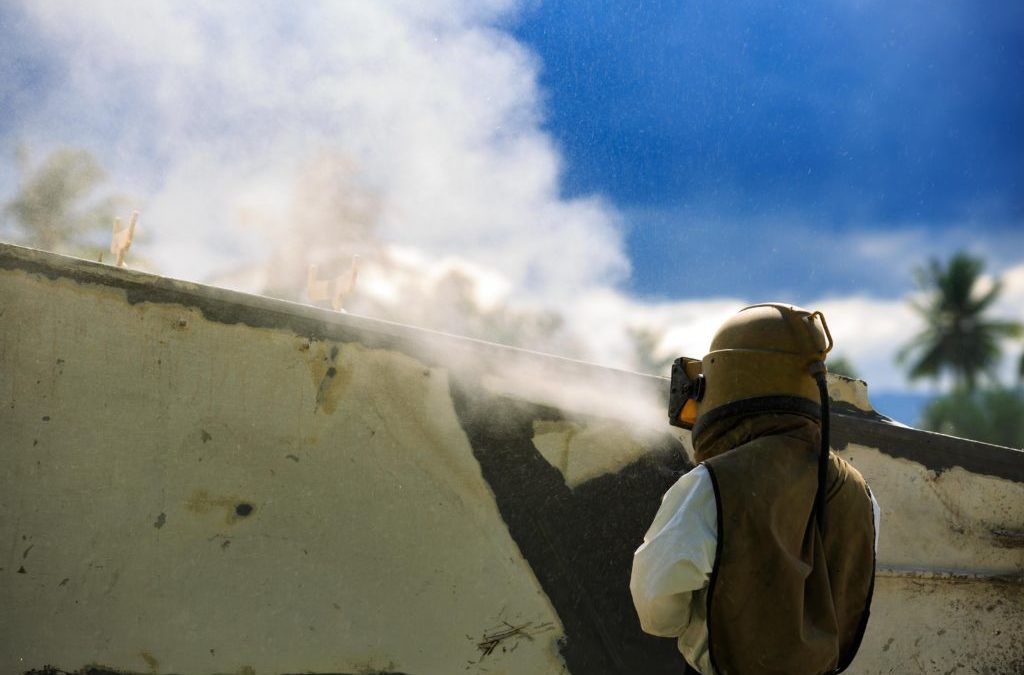What do you know about abrasive blasting? There is a lot to wrap your head around, and while we suggest you leave the task to the experts, it doesn’t hurt to gather a little bit of knowledge on the subject.
There are a few elements that determine the effectiveness of any abrasive blasting project. There is the time and the method, but most importantly, the actual abrasive media you use. Let’s talk about all the different types of blasting media before your next project. The Mohs’ scale easily rates the level of actual hardness each media is characterized by, but we’ll get a little more detailed for you here in this article.
As you might have guessed, the higher the media is on the Mohs’ scale, the faster it will remove whatever lies on the surface you’re blasting. Grit size of the particles is also something to consider. The lower the number of the grit size, the larger the particle and vice versa. (Careful not to mix that up!)
Aluminum Oxide Blast…
While it is not as reusable as other blast medias like steel grit or steel shot, it is an extremely aggressive media on all fronts, getting the job done the first time around, and quickly.
Steel Blast…
Steel blast comes in two different forms: shot and grit. Steel shot blast media is always round and most commonly used for ball peening, which makes a surface more rigid and creates reinforced steel. Steel grit blast media is more angular shaped grains, and commonly used for corrosion or paint removal, and profiling.
Glass Blast…
Glass Blast media is either shattered or beaded pieces of glass, used for basic profiling and contaminant removal needs. It’s not as aggressive as coal slag (which we’ll talk about next) and can be useful when you’re not trying to leave too much of a profile.
Coal Slag…
As you likely gathered from the name, this media is derived from crushed coal. Coal slag media works well for prepping a surface for a paint job and in the same breath, useful for removing any pollutant or contamination from the surface.
Agricultural Blast…
There are a couple of options within this category, all being environmentally friendly. There are options within abrasive blasting that retract the elements being removed from the surface, otherwise, these are being put back into the air around you. Things like walnut shell and corncob are not as aggressive as most of the options we’ve discussed so far but can still remove coating effectively.
Synthetic Abrasive Blast…
If you need to remove contaminant from a surface without leaving any other evidence of blasting, synthetic options like plastic bead or sodium bicarbonate are a good option.
Look out for our next article where we’ll discuss the types of abrasive blasting and how that plays a part in your project results. If you have equipment or any surface that needs abrasive blasting, give our team at Spear Industrial a call (432) 606-4093.

